Rare Rides Icons: Lamborghini's Front-Engine Grand Touring Coupes (Part VIII)

We return to our Rare Rides Icons coverage of Lamborghini’s front-engine coupes at a moment of relative triumph. After three earlier design proposals failed to pass muster with Ferruccio Lamborghini, a fourth received approval and was chosen as the 400GT’s replacement. Part of an in-house collaborative effort between Mr. Lamborghini, Carrozzeria Marazzi, and Lamborghini’s engineers, the resulting coupe was sedate, elegant, and not that removed from the outgoing 400GT 2+2.
As far as the new Islero was concerned, like its 400 predecessor, it would be built with a tubular steel frame chassis and covered with aluminum body panels that were finished by hand. In fact, the chassis used was the same as the 400GT, and both cars shared the same 100.4-inch wheelbase. Other dimensions changed little, as the Islero was just slightly larger than the 400. Its overall length of 178.1 inches was 2.1 inches longer than the 400.
Width between the two cars was nearly identical, 68.1” for the Islero, and 68 inches even on the 400. Overall height increased on the Islero, 51.2 inches from 49.5” on the 400. The extra roof height was for practical purposes, as Ferruccio wanted the Islero to be even more practical than the 400GT 2+2, and have four full seats.
Even with the additional height, width, and length, the Islero ended up as a 2+2 coupe. Lamborghini would not be deterred from the four-seat idea and directed that energy to a different coupe that we’ll discuss very soon. Despite interior quarters that were still cramped for rear passengers, other quality of life improvements were implemented on the Islero.
Said improvements were targeted at practicality and livability. The comfortable touring mission of the Islero was very clear to Ferruccio and very different from the exotica that was Miura. The higher roof made for better outward visibility, and the exterior dimensional growth meant more space for people and luggage. There was also more soundproofing in the Islero than in the 400, an important feature for a car sold as a grand tourer. Despite all this, the reported weight of the Islero was nearly 350 pounds less than the 400GT, at 2,899 pounds.
There were very few mechanical changes between the 400GT and Islero, as Lamborghini was not bringing in enough money to allow a new engine design every couple of years. Returning for duty was the 3.9-liter V12, paired to a five-speed manual. In Islero usage, the engine produced 325 horsepower and 295 lb-ft of torque, made possible via six Weber carbs.
The transmission was updated for Islero purposes, and was now all synchromesh and operated by a hydraulic dry clutch. Elsewhere mechanicals carried over from the 400GT or were slightly updated. The independent double wishbone suspension design wasn’t new, nor were the disc brakes.
However, the front end’s suspension was massaged slightly to take advantage of the Islero’s wider front track. That made the use of wider tires possible and meant better performance overall. Standard wheels were magnesium and manufactured by Campagnolo, and the Islero used Pirelli Cinturato 205 R15s from the factory.
Performance was brisk: 60 miles per hour arrived in just 6.4 seconds, and the coupe was capable of 154 miles per hour. It all sounded promising for Islero, and production began at the Marazzi coachworks in 1968 after an unveiling at the 1968 Geneva Auto Show.
Problems with the Islero surfaced as soon as it entered production. Lamborghini constructed their own chassis in-house, and Marazzi was responsible for the completion of the Islero bodies. The staff of Marazzi was experienced in automobile works, as the majority of them were previously Touring employees. However, they were working in a smaller workshop and Marazzi naturally had fewer resources than a long-established coachbuilder like Touring.
The result of this lack of resources was visible in the completed Isleros, which had numerous fit and finish issues and an overall lack of build quality. Lamborghini test driver Bob Wallace blamed Marazzi directly and stated that Lamborghinis from the Marazzi shop were never of the same standard as those from Touring. The public wasn’t too keen on the poorly built Isleros either, and Lamborghini sold only 125 in the model’s first year.
Engineers were called back to the Islero project immediately, and a quick rework was performed for 1969. Restrained styling was updated with additional (necessary) functionality changes, like vents on the front fenders to cool the engine. There was a larger hood scoop on the hood, which bypassed the engine entirely and fed fresh air into the cabin.
Elsewhere on the body, fenders grew more flared and noticeable, and the teardrop fender indicators were swapped for small circular ones. The Islero’s interior was updated too and received a new dashboard design and higher quality trim. But the work didn’t stop at the visuals, there were mechanical changes too.
Disc brakes were made larger for better performance, and the rear suspension was reworked for better handling stability in all situations. Lamborghini also tuned the V12 again and squeezed 350 horsepower from it instead of 325. The power update was courtesy of camshafts from the Miura P400, and an increase in compression from 9:5:1 to 10:8:1. Top speed increased with the bump in power, to 161 mph. Sixty arrived faster in the new Islero, in just 6.2 seconds.
The new version of the Islero was dubbed the S and saw improvements in almost every area over the debut version. But the restrained looks and poor show of quality in the first year put most customers off. In its second and final year, the Islero S sold 100 examples, for a total model run of 225.
Worth noting, that leftover standard Isleros were sold alongside the S in 1969, and some examples of the S weren’t registered until 1970. Islero would be the last sedate-looking GT from Lamborghini. The company went in a different direction with its successor, the Jarama.
However, Islero was not the only front-engine grand touring Lamborghini to arrive in 1968: Recall the Marzal concept from a previous entry. It was a Bertone design, by Marcello Gandini. After its 1967 debut, Ferruccio Lamborghini called it a fun marketing exercise, and not a serious design. However, the large four-seat coupe with its gullwing doors and dramatic styling opened a cooperative door between Gandini and Lamborghini.
Ferruccio returned to Bertone shortly after the Marzal to commission another four-seat coupe design that could (and did) proceed to full production. It would be called Espada. Much more successful than the Islero, it would remain in production for over a decade and have sales figures into four digits. We’ll pick up there next time.
Become a TTAC insider. Get the latest news, features, TTAC takes, and everything else that gets to the truth about cars first by subscribing to our newsletter.
[Images: Dealer]

Interested in lots of cars and their various historical contexts. Started writing articles for TTAC in late 2016, when my first posts were QOTDs. From there I started a few new series like Rare Rides, Buy/Drive/Burn, Abandoned History, and most recently Rare Rides Icons. Operating from a home base in Cincinnati, Ohio, a relative auto journalist dead zone. Many of my articles are prompted by something I'll see on social media that sparks my interest and causes me to research. Finding articles and information from the early days of the internet and beyond that covers the little details lost to time: trim packages, color and wheel choices, interior fabrics. Beyond those, I'm fascinated by automotive industry experiments, both failures and successes. Lately I've taken an interest in AI, and generating "what if" type images for car models long dead. Reincarnating a modern Toyota Paseo, Lincoln Mark IX, or Isuzu Trooper through a text prompt is fun. Fun to post them on Twitter too, and watch people overreact. To that end, the social media I use most is Twitter, @CoreyLewis86. I also contribute pieces for Forbes Wheels and Forbes Home.
More by Corey Lewis
Latest Car Reviews
Read moreLatest Product Reviews
Read moreRecent Comments
- Paul I don't know how GM can fail to sell sedans. Other manufacturers seem to be able to, as others have noted. The Impala (which I've had as a rental) was a very nice sedan and the Malibu (which I had as a rental more recently) was a pleasant, competent vehicle also. Maybe they are still suffering from the bad rep they got in the malaise era into the 80s.
- Kwik_Shift_Pro4X How a Versa that's a $18000 car became a $24000 car says a lot. Or even the jacked price of the current Frontiers. Not worth it.
- MaintenanceCosts They should focus on major non-Interstate routes in the flat West. I recently did a central Texas trip with a Model S rental. It was just fine along the interstates but there were significant gaps on the big federal highways, which caused a bit of extra driving to reach charging stations. The one public (non-"customers only") charger in the greater Fredericksburg area was very busy, even at non-peak times.
- Tassos Real Cars are RWD.So if you want a Lexus, try either the GS, or the flagship LS460 (before they mutilated it into the current failed model)The ES used to be a rebadged Camry, then became a rebadged Avalon at $10k more. Not a wise buy, unless you are a silly snob and would not be caught dead driving an econobox.
- Ajla Sounds like the pinstripes, nitrogen, window tint, TruCoat, and "filing fee" is about to go up. It is pretty fun to see a $18K Versa with $3k in add ons.
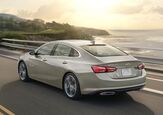



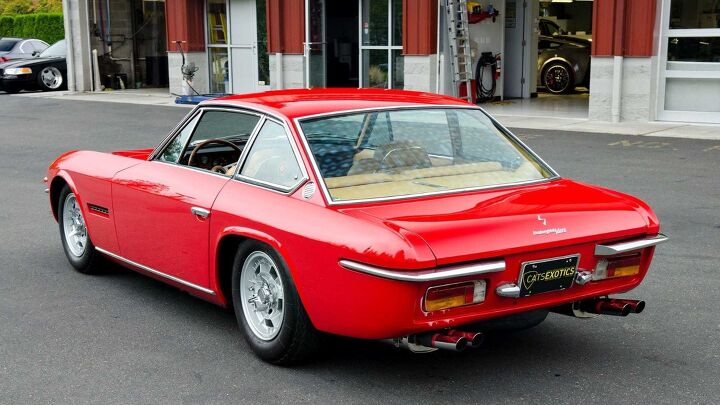


















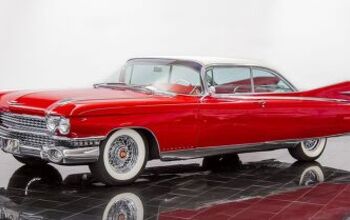
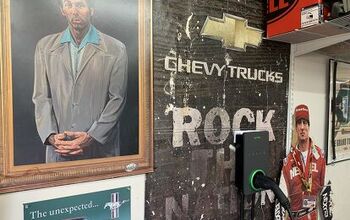
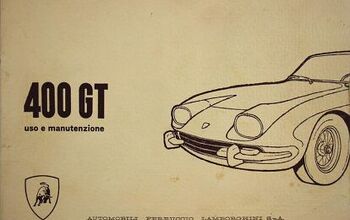
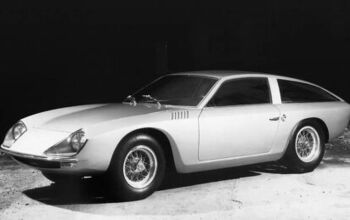
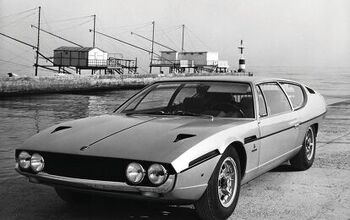
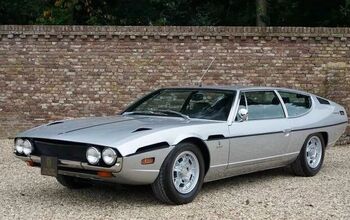
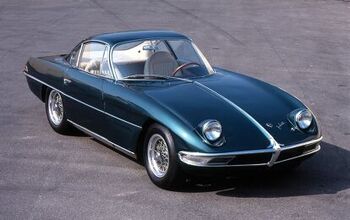

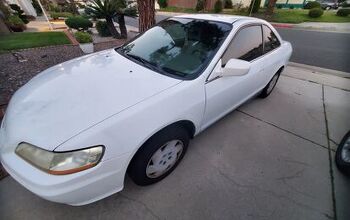
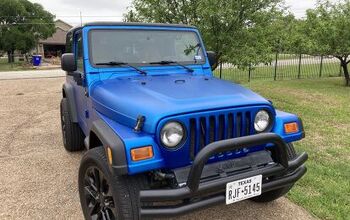
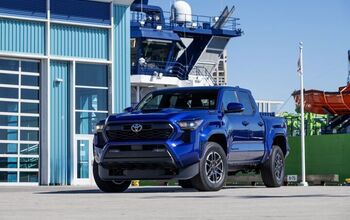

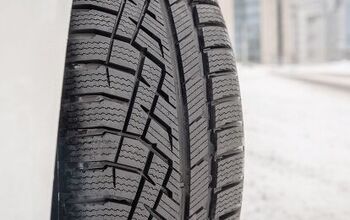
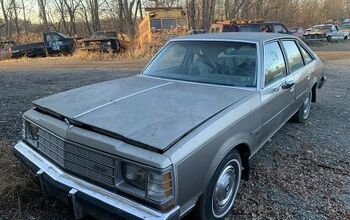

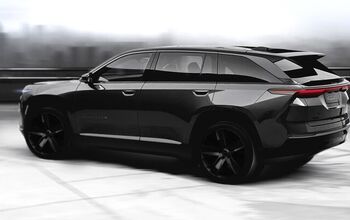

Comments
Join the conversation
…but did they ever partner with Stutz?
Pininfarina
I know it's not related to this, I just like saying it.